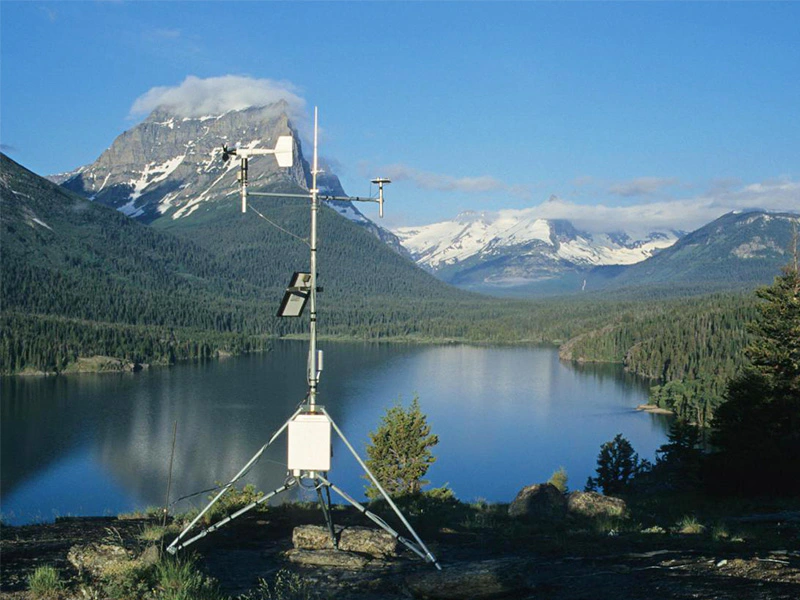
# Weather Monitoring at the Meteorological Station
## The Importance of Meteorological Stations
Meteorological stations play a crucial role in monitoring and predicting weather patterns. These facilities are equipped with advanced instruments to measure various atmospheric conditions, providing valuable data for weather forecasting, climate research, and environmental monitoring.
## Key Instruments at a Meteorological Station
A typical meteorological station houses several essential instruments:
– Thermometers for measuring air temperature
– Barometers for atmospheric pressure readings
– Hygrometers to determine humidity levels
– Anemometers for wind speed measurement
– Rain gauges to track precipitation
– Pyranometers for solar radiation measurement
## Data Collection and Analysis
Modern meteorological stations collect data automatically at regular intervals, often transmitting information in real-time to central databases. Meteorologists analyze this data to:
– Create accurate weather forecasts
– Identify climate trends
– Issue severe weather warnings
– Support agricultural planning
– Assist in aviation safety
## The Role of Technology
Recent technological advancements have significantly improved weather monitoring capabilities. Automated weather stations now incorporate:
– Digital sensors with higher precision
– Satellite communication systems
– Remote monitoring capabilities
– Advanced data processing algorithms
– Integration with global weather networks
## Community Impact
The information gathered at meteorological stations benefits various sectors:
– Farmers rely on weather data for crop planning
– Energy companies use forecasts for demand prediction
– Transportation systems depend on weather alerts
– Emergency services prepare for extreme conditions
– Urban planners consider climate data in city development
## Future Developments
As climate change becomes an increasing concern, meteorological stations are evolving to:
– Monitor more environmental parameters
– Improve prediction models
– Enhance early warning systems
– Increase station density for better coverage
– Develop more resilient infrastructure
The continuous operation and improvement of meteorological stations remain vital for understanding our changing climate and protecting communities from weather-related hazards.
Keyword: meteorological station